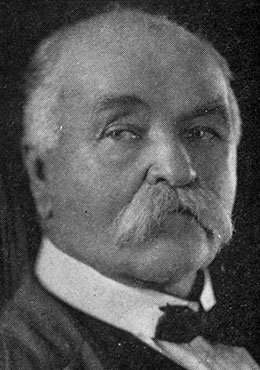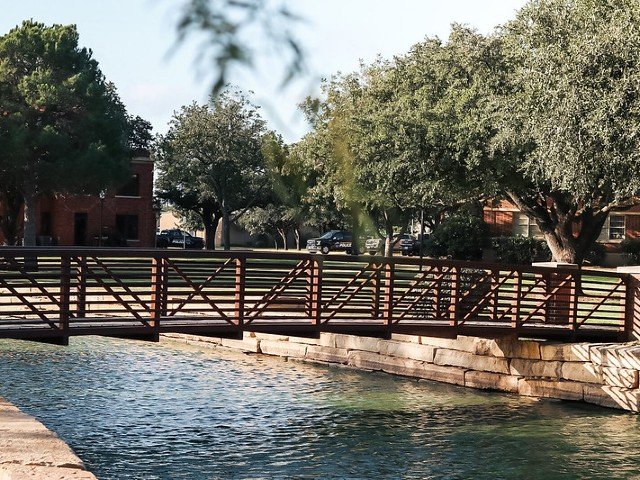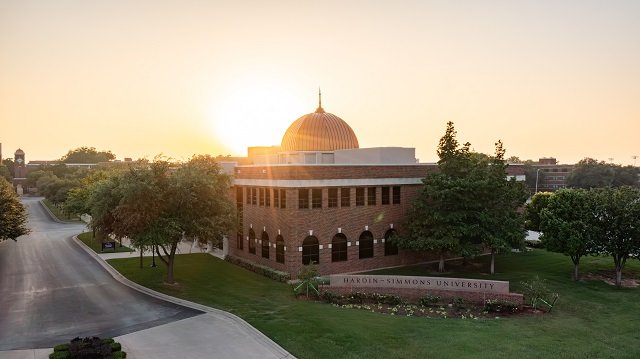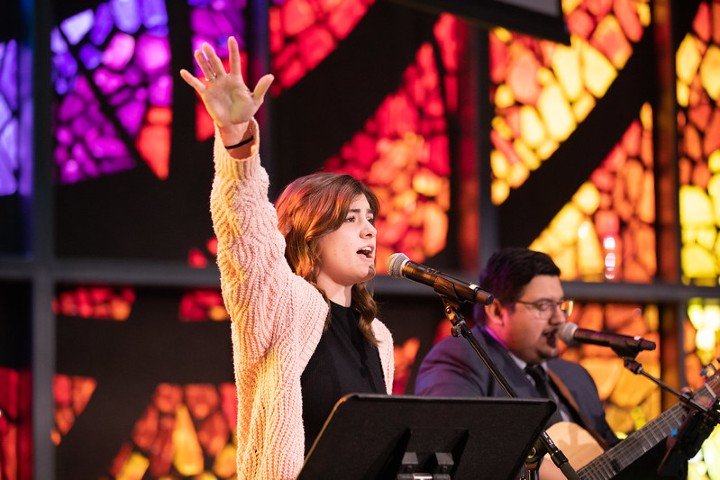John G. Hardin
Benefactor

John and Mary Hardin would spend their married life together wisely investing their resources and energies in creating a vast fortune. In the waning years of their lives, they chose to oversee the distribution of their prosperity for the betterment of others and the sustainment of Christian causes spread across Texas. Having achieved substantial property and revenue from ranching, lending and, later, income from oil discoveries, the Hardins joyfully gave away their accumulated wealth to endow orphanages, universities and hospitals, to alleviate church debts and to even provide for an electric light plant for their neighbors.
John Gresham Hardin was born on August 26, 1854, in Tippah County, Mississippi. The Hardin family moved to Tennessee, where John Hardin lived until the age of twenty-one. In 1875 he accompanied his father on a visit to Johnson County, Texas, and chose to remain in the state for the rest of his life. In Johnson County, Hardin worked on a farm, taught school and married Susan Cordelia Adams, a former student. The young couple settled on a farm near Cleburne, soon becoming parents of a girl whom they named Dovie. In 1879, Hardin moved his family to northern Clay County (later Wichita County) where the couple had purchased a 127-acre homestead at the price of one dollar an acre near what would become Burkburnett, Texas. In order to pay back the loan for the property, Hardin gathered buffalo bone from the prairie and hauled them to Wichita Falls where he received fifteen dollars for each ton.
For two years, John and Cordelia Hardin lived in a simple dugout – a twelve by fourteen foot hole in the ground covered over with logs and sod – while Mr. Hardin cultivated the land and operated a general store patronized by Kiowa and Comanche Indians from Indian Territory, as well as by newly-arrived homesteaders and cowboys from the nearby Four Sixes Ranch.
Soon after their arrival in the Burkburnett area, the Hardins’ young daughter died just one day shy of her third birthday in 1881. Two years later, Cordelia Hardin would pass away at the age of twenty-one. In 1888, John Hardin would marry for a second time when he and Mary Catherine Funk of Harrisonburg, Virginia were wed.
The Hardins used profits accrued from the small store to begin buying land in the area and by the turn of the century their holdings totaled 4,000 acres. They also began to loan money to finance home purchases for other residents. By 1915, farming and moneylending increased their fortune to more than $1 million. The Hardins landholdings lay in an area that would become the Burkburnett oilfield in 1918. At one time, as many as 100 wells, some producing up to 3,000 barrels a day, operated on the Hardin property. By the mid-1920s their wealth had grown to over $5 million ($70 million in 2014 purchasing power).
Following the windfall from the discovery of oil, the Hardins released the mortgages they held on an estimated one-fourth of properties located in Burkburnett. The couple helped fund the construction of a variety of churches in Burkburnett, donated land for playgrounds, retired the outstanding public school bonds, and financed a local electric power plant which they deeded to the community. The Hardins also set aside their homestead to be given to the city of Burkburnett for use as a city park. In addition to providing financial aid to numerous individual college students, in 1936 they donated $400,000 towards the construction of a four-year college in Wichita Falls thus establishing Hardin Junior College, later Hardin College, the predecessor of Midwestern State University.
Mr. and Mrs. Hardin established trust funds for a number of educational and charitable institutions including Baylor Female College (renamed to Mary Hardin-Baylor University) in Belton, Abilene Christian College (now Abilene Christian University), Howard Payne College (now Howard Payne University) in Brownwood, and Buckner Baptist Children’s Home in Dallas. In 1934 John and Mary Hardin provided a life-saving gift to Simmons University of Abilene. With profound gratitude, the board of trustees voted to rename the school to Hardin-Simmons University. When asked why the couple supported Christian schools, John Hardin said:
“We are inclined to believe that Christian education of the right type is the greatest work for good that can be done. It is foundation work and the basis upon which good citizenship grows.”
Mary Hardin died on September 5, 1935 at the age of seventy-six. Although John Hardin maintained a home in Burkburnett, he spent the last year of his life in Baylor University Hospital in Dallas where he died on December 16, 1937.
It is the high honor of Hardin-Simmons University to recognize the philanthropy and leadership in giving provided by John G. and Mary Catherine Hardin.



